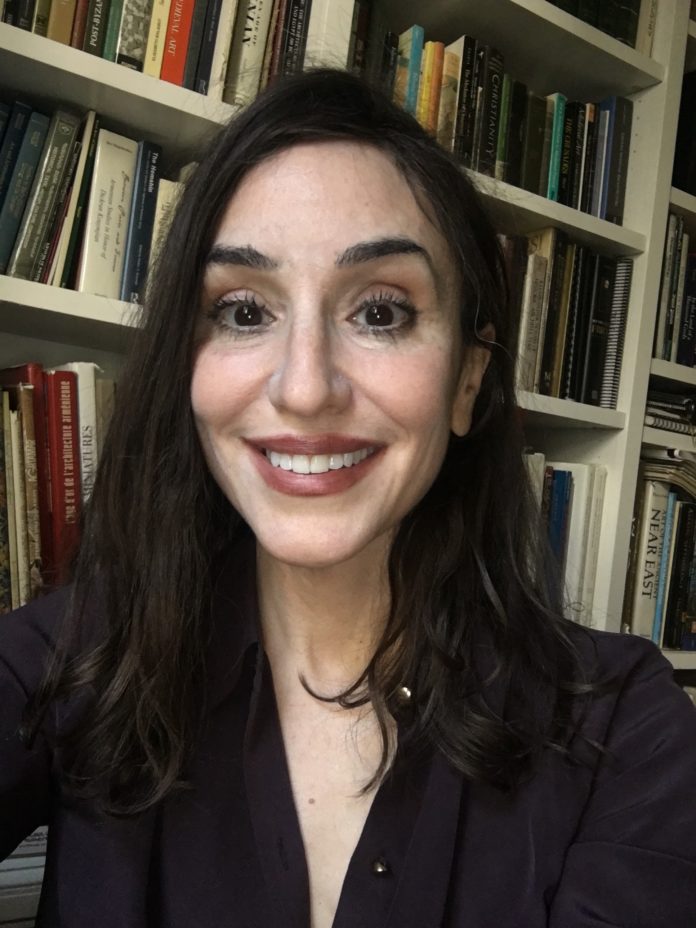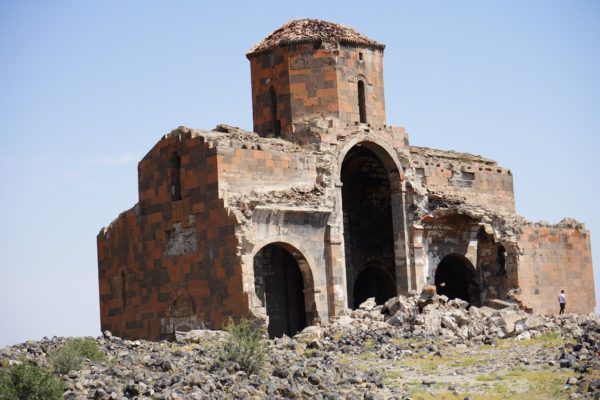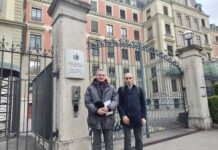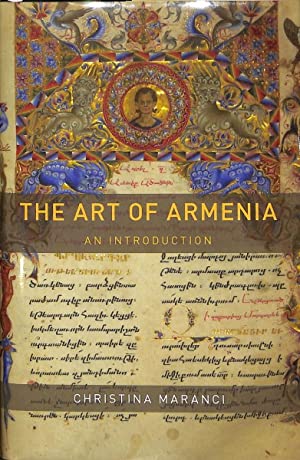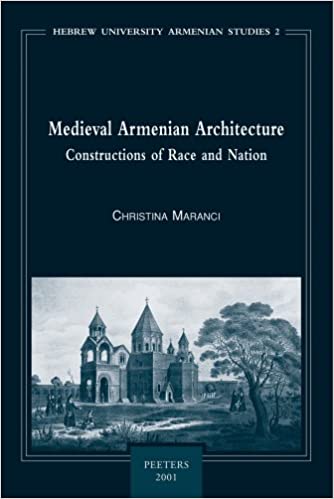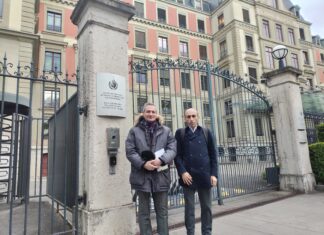CAMBRIDGE, MA — Christina Maranci, the longtime professor of Armenian art history at Tufts University, was appointed to the historic Mashtots Chair in Armenian Studies at Harvard University this past summer.
As the first woman, the first person of Armenian descent, and the first art historian to hold the position, she brings a fresh perspective to the Harvard chair. She is also a member of a considerably younger generation than her predecessors, Robert Thomson and James Russell, though she is adamant to note the high esteem in which she holds these senior male colleagues.
Welcomed into Armenian Studies by Dedicated Mentors
Maranci was raised in an Armenian-American family in Connecticut, but Armenian culture per se was not necessarily a focal point of her childhood. With her father hailing from Istanbul, and her mother being American-born, their shared interests tended toward classical music and European culture. Art and culture was central to their household, though, Maranci says, and living close to New York City meant having easy access to the vast world of museums and other resources to learn about art.
Attending UConn – Stamford, Maranci took a course on “Art Appreciation.” “I had never heard of that,” she states. “And for me, a switch went on. It was a way to understand history that made sense to me, that wasn’t just a recitation of dates and names, but an immediate immersive connection with the past through visual material and culture. And for me it really was a revelation to realize that was a way of studying the past.”
Maranci first entered Vassar and thought she wanted to study Gothic architecture, but couldn’t find funding. At that time, she says “I had the great good fortune” of meeting Thomas Mathews of New York University (NYU), and Prof. James Russell and the late Prof. Nina Garsoian, both, then of Columbia, who were reinvigorating Armenian studies in the New York area.



